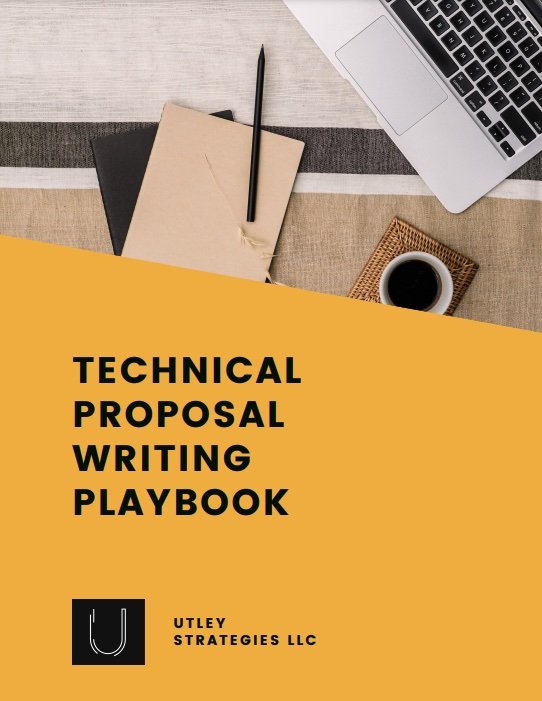6 Things to Do While Waiting for an RFP Release
If you’ve been watching an opportunity for months, the anticipation of the RFP finally coming out means it’s almost time to put all of your hard work to use closing the deal! While it may be tempting to simply click “refresh” on the solicitations screen, there are a few steps you can take to better prepare for the actual RFP. Read on for 6 steps you can take today to win that proposal tomorrow.
1. Alert and Educate Proposal Resources
Almost every proposal requires input from many different teams. While you’re waiting for the RFP to come out, debrief all key resources on what you already know about the opportunity and what is expected in the RFP. This is especially true if you have a dedicated proposal team or require client-facing teams to create content (i.e. engineers, customer support, consultants, etc.). By discussing the RFP in advance, you will be able to quickly dive into strategy and tactical assignments when it’s released instead of debriefing everyone when you have an impending deadline.
2. Begin Gathering Key Content
If you are familiar with what will be requested in the RFP, begin pulling together that content. For example, if you plan to include resumes of six team members, ensure you have all six resumes ready-to-go and that all are updated and tailored for this opportunity.
Other types of content you can start compiling includes: references, key solution information, company statistics that tie into your win themes, industry-specific information, and anything else that is specific to this opportunity but you don’t currently have available.
3. Develop Pricing Outline
For almost every proposal opportunity, pricing is the first and last item discussed. It’s always an important topic and requires much strategy and review (unless you have a very straightforward approach to pricing). While you wait for the RFP to be released, begin developing a plan to your approach around pricing. If you work with any subcontractors or partners, use this stage to ask for discounts (or develop a plan to do so once the RFP is released).
4. Document Competitor Strengths/Weaknesses
By definition RFPs are a competitive process, which means you need to account for the competition in all aspects of your proposal. Before the RFP is released, identify key competitors and their strengths and weaknesses for this specific opportunity. Use this as a starting point to develop your win themes and key differentiators. Incorporate this into your proposal content and strategy.
5. Start Creating Custom Graphics
If you have already developed your win themes and know key items you want to highlight, graphics are a great visual way to showcase these points. For example, if you have a unique order process for this customer, including a graphic that shows their specific order process will make it easier to understand for the evaluation committee. The graphics you create will depend on your win themes, but the pre-RFP time period is perfect to have drafts started, which can then be customized once you start creating the actual proposal.
6. Draft Executive Summary
Similar to graphics, drafting the executive summary before the RFP is released will save you time and allow you to create a more tailored final proposal. If you already know about the pain points of this customer, jot them down and map them to features and benefits associated with your solution. Create a simple narrative around these within your executive summary draft, which will be updated by your proposal team once the RFP is released.
Download the *FREE* Technical Proposal Writing Playbook to improve your proposals today!
Next Steps
By following these steps, you will set your company up to create a strong, compelling, and competitive proposal tailored to the customer.




